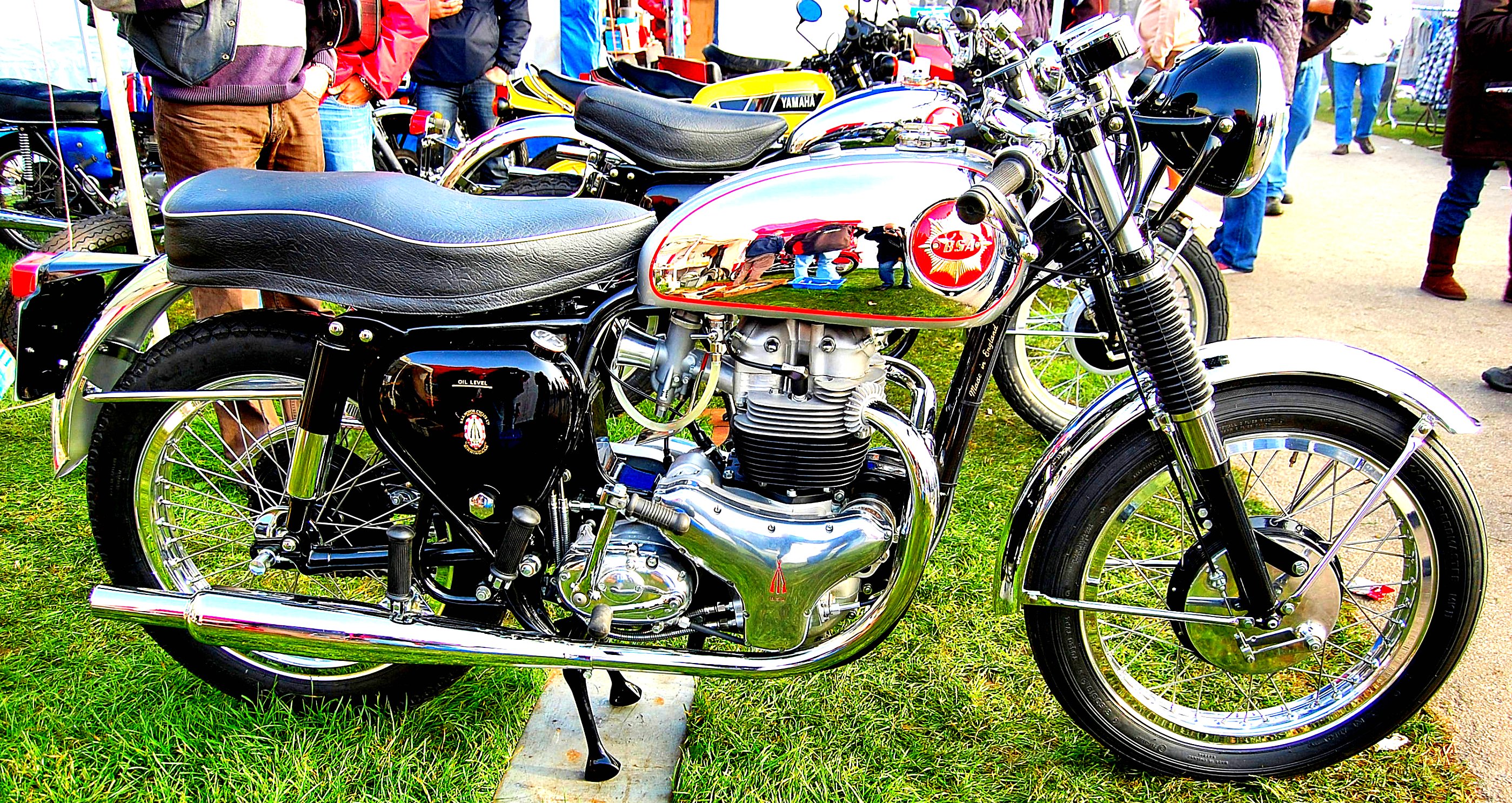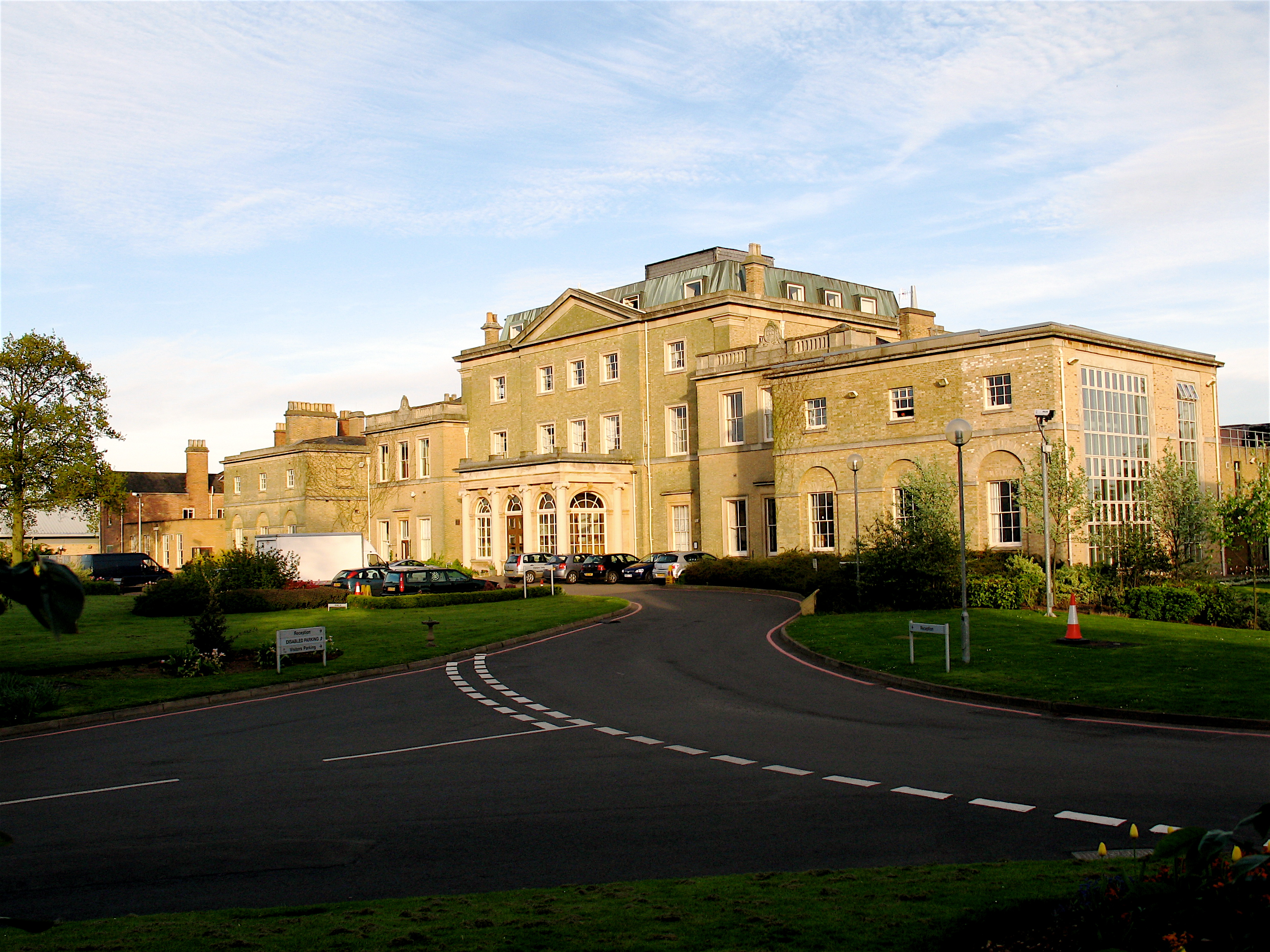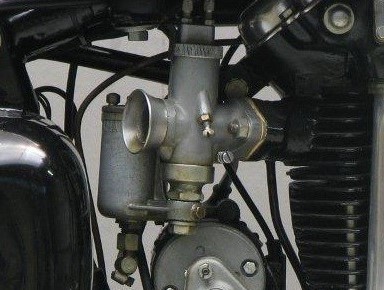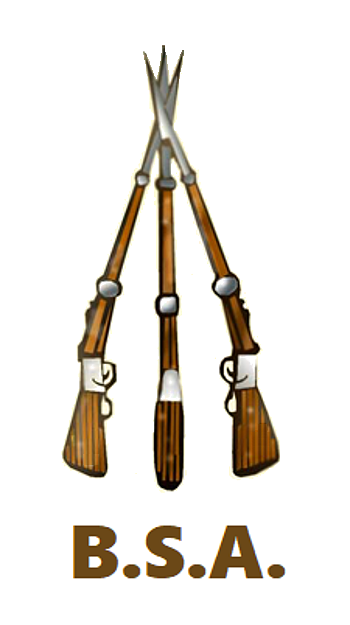|
BSA Rocket Gold Star
The BSA Rocket Gold Star (RGS) was a air-cooled parallel twin motorcycle produced by Birmingham Small Arms Company (BSA) at Small Heath, Birmingham. Launched in February 1962, it was one of the final range of A10 twins, using a tuned A10 Super Rocket engine in the double-downtube Gold Star frame. ''Motor Cycle'' 15 June 1967, Diamond TT number, p.831. Help Club. ''Gold Star applies only to singles...there was a 646 cc twin called the Rocket Gold Star which featured a Super Rocket engine in a Gold Star-type frame. This model was included in BSA's 1962 and 1963 ranges''. Accessed 21 June 2015 Rocket Gold Star production ended in 1963 due to the development of new unit construction successors, designated as A65 in the 650 cc capacity. Development Gold Star tuner and dealer, Eddie Dow, had a customer that wanted to be supplied with a Gold Star fitted with a Super Rocket engine. BSA supplied a Gold Star less engine and a separate Super Rocket engine. Dow assembled the specia ... [...More Info...] [...Related Items...] OR: [Wikipedia] [Google] [Baidu] |
Flickr - Ronsaunders47 - BSA ROCKET GOLD STAR
Flickr ( ; ) is an American image hosting service, image hosting and Online video platform, video hosting service, as well as an online community, founded in Canada and headquartered in the United States. It was created by Ludicorp in 2004 and was a popular way for amateur and professional photographers to host high-resolution photos. It has changed ownership several times and has been owned by SmugMug since April 20, 2018. Flickr had a total of 112 million registered members and more than 3.5 million new images uploaded daily. On August 5, 2011, the site reported that it was hosting more than 6 billion images. Photos and videos can be accessed from Flickr without the need to register an account, but an account must be made to upload content to the site. Registering an account also allows users to create a profile page containing photos and videos that the user has uploaded and also grants the ability to add another Flickr user as a contact. For mobile users, Flickr has off ... [...More Info...] [...Related Items...] OR: [Wikipedia] [Google] [Baidu] |
Unit Construction
: ''For the vehicle design where the vehicle's skin is used as a load-bearing element, see Monocoque.'' Unit construction is the design of larger motorcycles where the engine and gearbox components share a single casing. This sometimes includes the design of automobile engines and was often loosely applied to motorcycles with rather different internal layouts such as the flat twin BMW models. Prior to unit construction, the engine and gearbox had their own separate casings and were connected by a primary chain drive running in an oil bath chaincase. The new system used a similar chain drive and both had 3 separate oil reservoirs for engine, gearbox and primary drive. Triumph and BSA were already using cast alloy chaincases and started converting to unit construction in the 1950s. A driving factor behind the BSA/Triumph change was that Lucas had declared an intention to abandon production of motorcycle dynamos and magnetos, and instead produce only alternators. By contrast ... [...More Info...] [...Related Items...] OR: [Wikipedia] [Google] [Baidu] |
BSA Motorcycles
BSA motorcycles were made by the Birmingham Small Arms Company Limited (BSA), which was a major British industrial combine, a group of businesses manufacturing military and sporting firearms; bicycles; motorcycles; cars; buses and bodies; steel; iron castings; hand, power, and machine tools; coal cleaning and handling plants; sintered metals; and hard chrome process. A government-organised rescue operation in 1973 led to the takeover of BSA-Triumph motorcycle operations by Norton-Villiers, later known as Norton Villiers Triumph. At its peak, BSA (including Triumph) was the largest motorcycle producer in the world. In the late 1950s and early 1960s poor management and failure to develop new products in the motorcycle division led to a dramatic decline of sales to its major USA market. The management had failed to appreciate the importance of the resurgent Japanese motorcycle industry, leading to problems for the entire BSA group. When Norton Villiers Triumph was liquidated ... [...More Info...] [...Related Items...] OR: [Wikipedia] [Google] [Baidu] |
West Mercia Police
West Mercia Police (), formerly the West Mercia Constabulary, is the territorial police force responsible for policing the counties of Herefordshire, Shropshire (including Telford and Wrekin) and Worcestershire in England. The force area covers making it the fourth largest police area in England and Wales. The resident population of the area is 1.19 million Its name comes from the ancient kingdom of Mercia. The force represents a diverse range of policing environments from densely populated urban areas on the edge of Birmingham as well as Telford, Shrewsbury, and Worcester, to sparsely populated rural areas, such as Herefordshire, which remains an important part of the force's responsibility. As of September 2017, the force has a workforce of 2,017 police officers, 223 police community support officers, 1541 police staff and 388 members of the special constabulary. The force has its headquarters in the historical manor house and grounds of Hindlip Hall on the outskirt ... [...More Info...] [...Related Items...] OR: [Wikipedia] [Google] [Baidu] |
Watsonian Squire
Watsonian Squire is a British manufacturer of sidecars and Motorcycle trailer, trailers for attachment to motorcycles. The original business was established in 1912 by Thomas Fredrick Watson as the Patent Collapsible Sidecar Company Ltd. at Balsall Heath, Birmingham, England. The current company is based in the heart of the Cotswolds at Blockley, near Moreton-in-Marsh, Gloucestershire. History 'Fred' Watson founded the Patent Collapsible Sidecar Company, later renamed to Watsonian Folding Sidecar Company Ltd, after he built a folding sidecar that allowed him to get his motorcycle and sidecar combination through a narrow entrance to the yard at his house. Early sidecars were initially built with wickerwork bodies, which were then replaced by ash frames with plywood or steel panels. During World War I the company built sidecars for use as motorcycle ambulances. In 1922, the company moved to Hockley, West Midlands, Hockley in Birmingham. In 1930, the company was renamed to the Wats ... [...More Info...] [...Related Items...] OR: [Wikipedia] [Google] [Baidu] |
Amal GP
AMAL was a British engineering company servicing the motorcycle and other light-engineering motor industries between 1927 and 1993Amalgamated Carburetters Grace's Industrial Guide. Retrieved 2013-07-09 based in . AMAL is a British trademark. Amal was the supplier of carburettors to many marques within the British motorcycle industry including the largest of British manufacturers, such as [...More Info...] [...Related Items...] OR: [Wikipedia] [Google] [Baidu] |
Compression Ratio
The compression ratio is the ratio between the volume of the cylinder and combustion chamber in an internal combustion engine at their maximum and minimum values. A fundamental specification for such engines, it is measured two ways: the static compression ratio, calculated based on the relative volumes of the combustion chamber and the cylinder when the piston is at the bottom of its stroke, and the volume of the combustion chamber when the piston is at the top of its stroke. The dynamic compression ratio is a more advanced calculation which also takes into account gasses entering and exiting the cylinder during the compression phase. Effect and typical ratios A high compression ratio is desirable because it allows an engine to extract more mechanical energy from a given mass of air–fuel mixture due to its higher thermal efficiency. This occurs because internal combustion engines are heat engines, and higher compression ratios permit the same combustion temperature ... [...More Info...] [...Related Items...] OR: [Wikipedia] [Google] [Baidu] |
BSA Unit Twins
The BSA unit twins were a range of unit construction twin-cylinder motorcycles made by the Birmingham Small Arms Company (BSA) and aimed at the US market. A range of , and twins were produced between 1962 and 1972, but they were really developments of the older pre-unit A7/A10 model range with less weight. The engines had a reputation for vibration, but acceleration was good for the time, to a top speed of . Models for the US generally had smaller petrol tanks and higher wider handlebars than the UK models, and prior to 1966 different model names were used for the two markets. The 500cc models were discontinued in 1971 when the single cylinder B50 model was introduced. The BSA Group faced worsening financial difficulties and in 1973 merged with Norton-Villiers. As part of a rationalisation by the newly formed Norton Villiers Triumph, production of BSA motorcycles ceased. Design Background Precipitated by Lucas's intent to discontinue magnetos and dynamos in favour of alte ... [...More Info...] [...Related Items...] OR: [Wikipedia] [Google] [Baidu] |
BSA Spitfire Scrambler
The BSA A10 series was a range of air-cooled parallel twin motorcycles designed by Bert Hopwood and produced by Birmingham Small Arms Company at Small Heath, Birmingham from 1950 to 1963. The series was succeeded by the A65 unit construction models. Background BSA, then the largest UK motorcycle manufacturer, was falling behind in the parallel-twin race after the introduction of the 650cc Triumph Thunderbird. Although BSA had a 500cc parallel-twin, the BSA A7, they needed to develop a 650 to remain competitive. Bert Hopwood served an apprenticeship under designer Val Page at Ariel. In 1936, Hopwood moved to Triumph, where he worked under Edward Turner to develop the 1937 Triumph Speed Twin. The innovative Speed Twin became the exemplar of the parallel twin engine layout for British motorcycles in the 1950s and 1960s. In April 1947 Hopwood joined Norton to design the Norton Dominator engine. In May 1948, the factory enticed Hopwood after only a year at Norton, and he was commis ... [...More Info...] [...Related Items...] OR: [Wikipedia] [Google] [Baidu] |
The Motor Cycle
''The Motor Cycle'' was one of the first British magazines about motorcycles. Launched by Iliffe and Sons Ltd in 1903, its blue cover led to it being called "The Blue 'un" to help distinguish it from its rival publication ''Motor Cycling'', which, using a green background colour, was known as "The Green 'un". Many issues carried the strapline "Circulated throughout the World". The covers eventually used a variety of different background colours after 1962, with a name-change to ''Motor Cycle''. Features Noted for detailed road tests of contemporary motorcycles and articles on readers' bikes, the magazine had regular features, including "Current Chat" and "Letters to the Editor" where many of the key issues relating to British motorcycling of the day were debated. The contributors often signed their pieces with pseudonyms such as ''Torrens'' (Arthur Bourne, one of the Editors) and the famous ''Ixion'' (Canon B.H. Davies). Recent history From 1962, 'The' was dropped from th ... [...More Info...] [...Related Items...] OR: [Wikipedia] [Google] [Baidu] |
Birmingham Small Arms Company
The Birmingham Small Arms Company Limited (BSA) was a major British industrial combine, a group of businesses manufacturing military and sporting firearms; bicycles; motorcycles; cars; buses and bodies; steel; iron castings; hand, power, and machine tools; coal cleaning and handling plants; sintered metals; and hard chrome process. After the Second World War, BSA did not manage its business well, and a government-organised rescue operation in 1973 led to a takeover of such operations as it still owned. Those few that survived this process disappeared into the ownership of other businesses. History of the BSA industrial group Machine-made guns BSA began in June 1861 in the Gun Quarter, Birmingham, England. It was formed by a group of fourteen gunsmith members of the Birmingham Small Arms Trade Association specifically to manufacture guns by machinery. They were encouraged to do this by the War Office which gave the BSA gunsmiths free access to technical drawings and to the ... [...More Info...] [...Related Items...] OR: [Wikipedia] [Google] [Baidu] |







.jpg)
